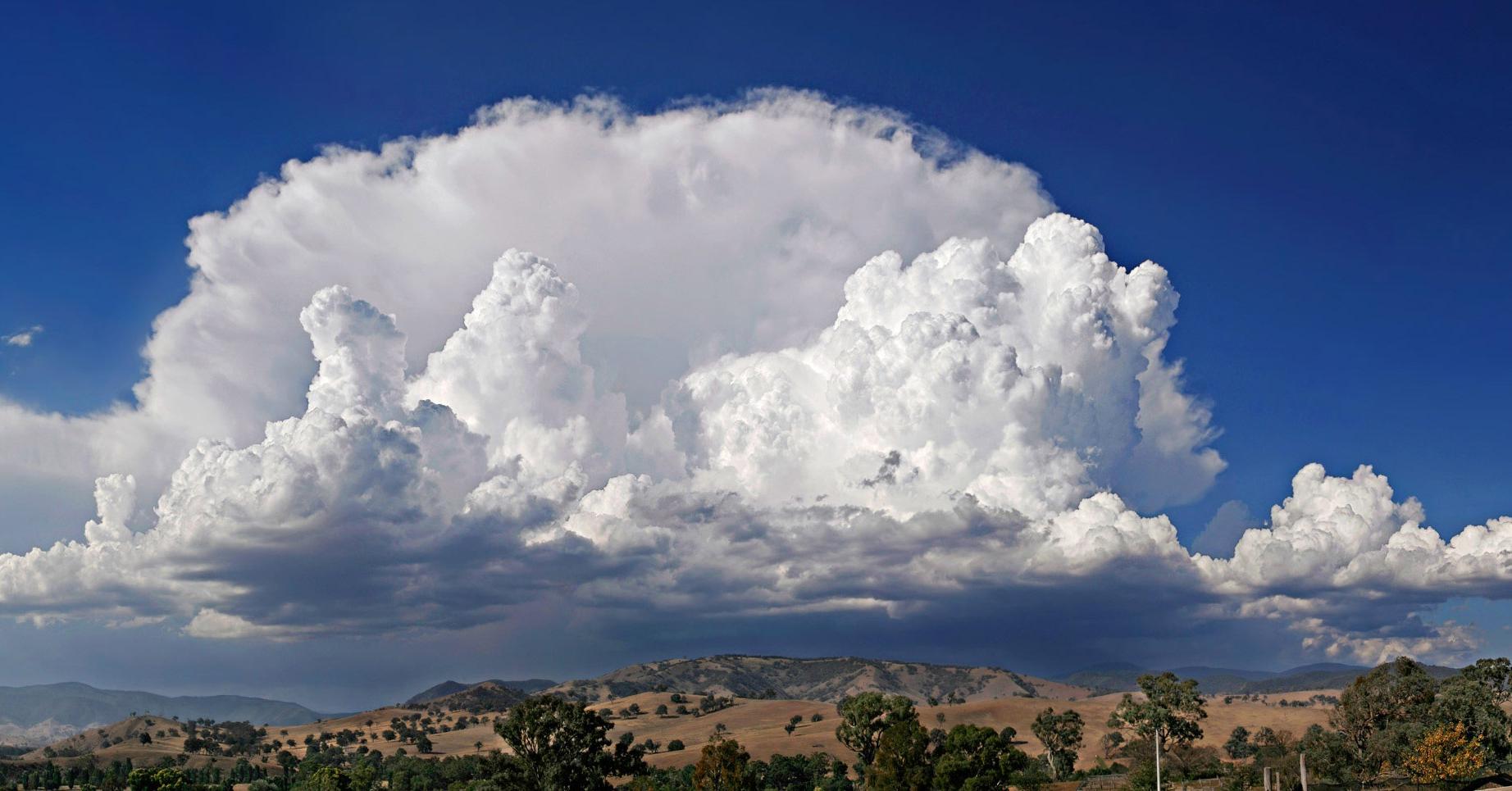Are you curious to know what is normal lapse rate? You have come to the right place as I am going to tell you everything about normal lapse rate in a very simple explanation. Without further discussion let’s begin to know what is normal lapse rate?
In the realm of meteorology and atmospheric science, the concept of the Normal Lapse Rate stands as a fundamental parameter, guiding our understanding of temperature changes with altitude in the Earth’s atmosphere. This principle unravels the intricate dynamics governing temperature variations, offering insights into the structure and behavior of our atmospheric layers.
What Is Normal Lapse Rate?
- Definition: The Normal Lapse Rate refers to the rate at which the temperature changes with an increase in altitude within the Earth’s atmosphere under standard conditions.
- Typical Variation: On average, the Normal Lapse Rate signifies the decrease in temperature by a certain amount (usually around 6.5°C per kilometer) as altitude increases, defining the standard temperature gradient.
Factors Influencing Lapse Rate
- Adiabatic Processes: The Normal Lapse Rate is primarily influenced by adiabatic processes, where the temperature change occurs without the transfer of heat.
- Solar Heating and Altitude: Solar radiation, atmospheric composition, and altitude variations are key factors contributing to the observed lapse rate variations in different atmospheric conditions.
Understanding Temperature Inversions
- Anomalous Conditions: In certain instances, temperature inversions occur when the lapse rate deviates from the norm, resulting in an increase in temperature with altitude, contrary to the typical decrease.
- Causes and Implications: Temperature inversions are often caused by specific atmospheric conditions, impacting weather patterns, air quality, and the dispersion of pollutants.
Atmospheric Layers And Lapse Rates
- Tropospheric Lapse Rate: The troposphere, the lowest atmospheric layer, typically exhibits the Normal Lapse Rate, with temperatures decreasing as altitude increases.
- Stratospheric Conditions: In the stratosphere, temperatures might initially increase with altitude due to the presence of the ozone layer, leading to a different lapse rate.
Practical Implications And Applications
- Aviation and Meteorology: Understanding the Normal Lapse Rate is crucial in aviation for flight planning, altitude calculations, and meteorological forecasting.
- Climate Modeling: Lapse rates play a pivotal role in climate models, aiding scientists in understanding and predicting climate patterns and variations across different regions.
Conclusion:
In essence, the Normal Lapse Rate serves as a foundational principle, unveiling the temperature variations within the Earth’s atmosphere as altitude changes. Its role in shaping our understanding of atmospheric behavior, weather phenomena, and climate patterns underscores its significance in meteorology and scientific inquiries. By delving into the intricacies of the Normal Lapse Rate, scientists and meteorologists continue to deepen their comprehension of the dynamic interplay between temperature and altitude, paving the way for more accurate weather predictions and a greater understanding of our atmospheric environment.
FAQ
What Is Normal Lapse Ratio?
Normal Lapse rate is the rate of decrease in temperature with height. It is 6.5°C per 1,000 m on an average. The temperature of the troposphere generally decreases as altitude increases. The temperature generally decreases with increasing height.
What Is The Lapse Rate In Simple Words?
The Lapse Rate is the rate at which temperature changes with height in the Atmosphere. Lapse rate nomenclature is inversely related to the change itself: if the lapse rate is positive, the temperature decreases with height; conversely if negative, the temperature increases with height.
What Is Standard Lapse Rate?
The International Civil Aviation Organization (ICAO) has established a worldwide standard temperature lapse rate that assumes the temperature decreases at a rate of approximately 3.5 °F / 2 °C per thousand feet up to 36,000 feet, which is approximately –65 °F or –55 °C.
What Is The Normal Lapse Rate Of 1km?
Values less than 5.5-6.0 degrees C/km represent stable conditions, while values near 9.5 degrees C/km are considered unstable. Between these values, lapse rates are considered conditionally unstable, meaning that it may become unstable if enough moisture is present.
I Have Covered All The Following Queries And Topics In The Above Article
What Is Normal Lapse Rate
What Is Meant By Normal Lapse Rate
What Is Meant By Normal Lapse Rate Of Temperature
What Is Normal Lapse Rate In Geography
What Is Normal Lapse Rate Of Temperature
What Is Meant By Normal Lapse Rate Class 10
What Is Normal Lapse Rate Class 7
What Is The Normal Lapse Rate Of Temperature
What Is Meant By Normal Lapse Rate?
What Is Normal Lapse Rate?
What Is A Normal Lapse Rate
What Is The Normal Lapse Rate
What Is Meant By Normal Lapse Rate Of Temperature?
What Is Mean By Normal Lapse Rate
What Is Normal Lapse Rate Class 9
What Is Normal Lapse Rate
